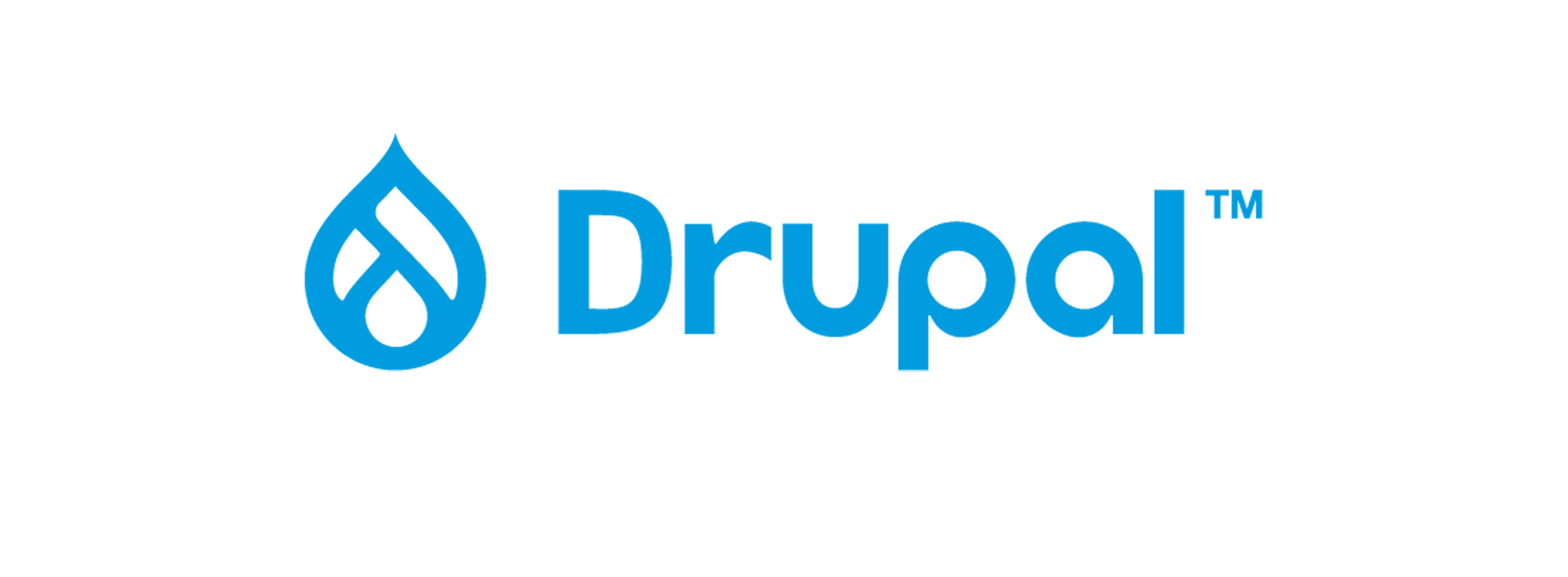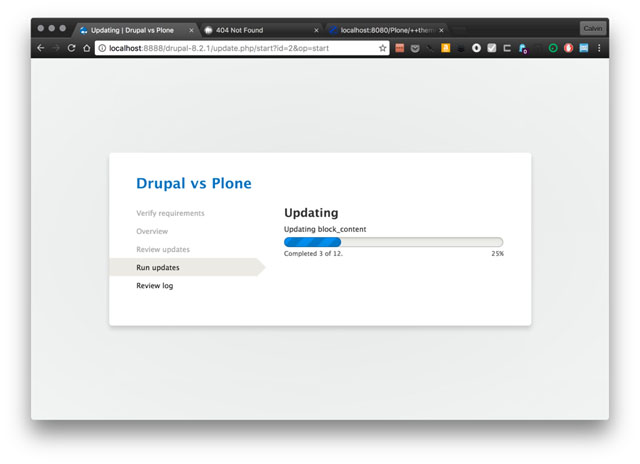

Integration with Twig to allow for safer and cleaner template theming.A codebase managed by Composer, which handles library integrations.

This revision of the main core of Drupal added several features: Developers who have already used these codebases elsewhere would also be able to quickly jump into Drupal work without having to learn too many quirks. The goal was not only to save core engineers time by not having to constantly manage their own re-invented wheels. Drupal 8 saw a big push to move the codebase “off the island” and begin integrating and using powerful libraries already developed and rigorously tested in the larger PHP community. Since it was created, Drupal has always had a bit of a unique way of architecting and implementing its code. Key Benefits of Upgrading from Drupal 7ĭrupal 8 saw the community overhaul Drupal’s core infrastructure. But there’s a lot to look forward to with upgrading the Drupal codebase. This is all currently true for those still using Drupal 8, which is past EOL. More importantly, if you continue to use Drupal 7 past EOL, your site may be flagged as “insecure” in 3rd party scans. From November 2023 and on, there will no longer be anymore Drupal 7 commits or core support. To rehash, EOL means that the Drupal community will halt creating new projects, bug fixes and documentations for this version. Sevaa Group can help you get started, whether you’re on a legacy Drupal version or even on a different CMS and looking to switch to Drupal. Generally, an upgrade from Drupal 8 to Drupal 9 is a matter of removing deprecated code, while migrating from Drupal 7 to Drupal 9 requires much more legwork. However, for Drupal 8 users, now is the time to make the upgrade. For Drupal 7 users, that allows a bit more time to make the jump. We recently received news of Drupal 7’s end of life being extended to November 2023.


 0 kommentar(er)
0 kommentar(er)
